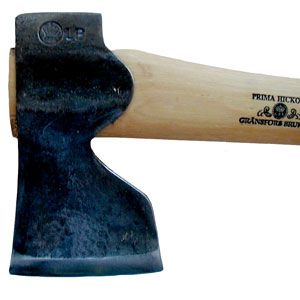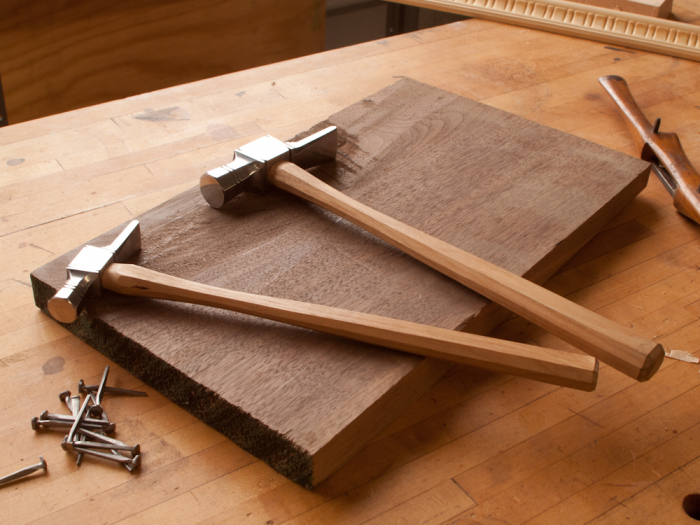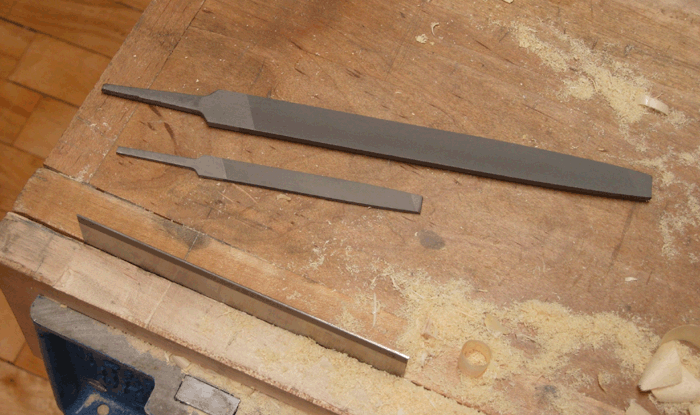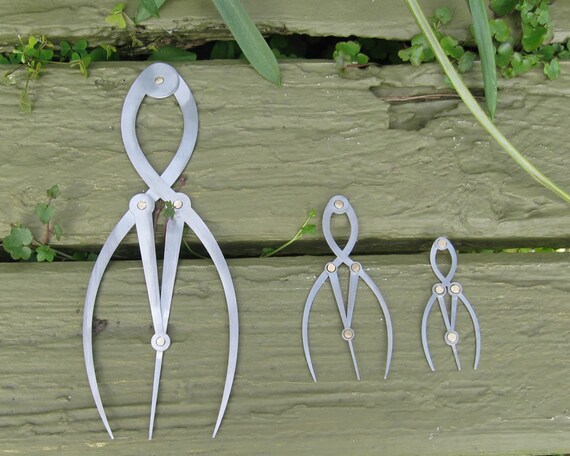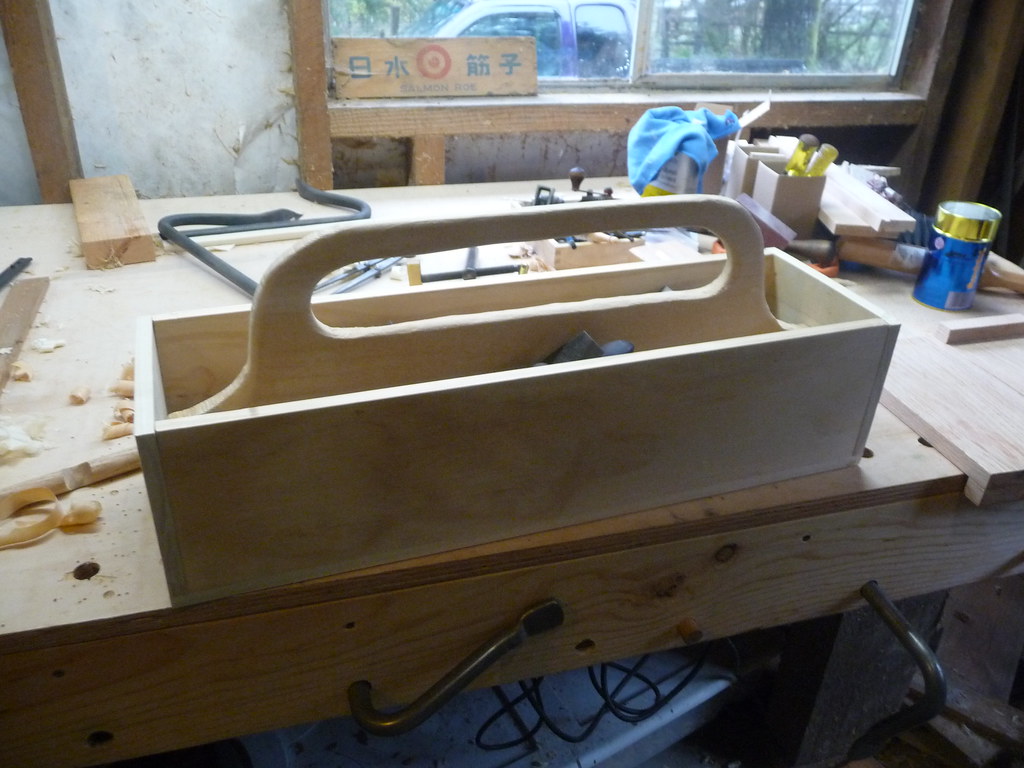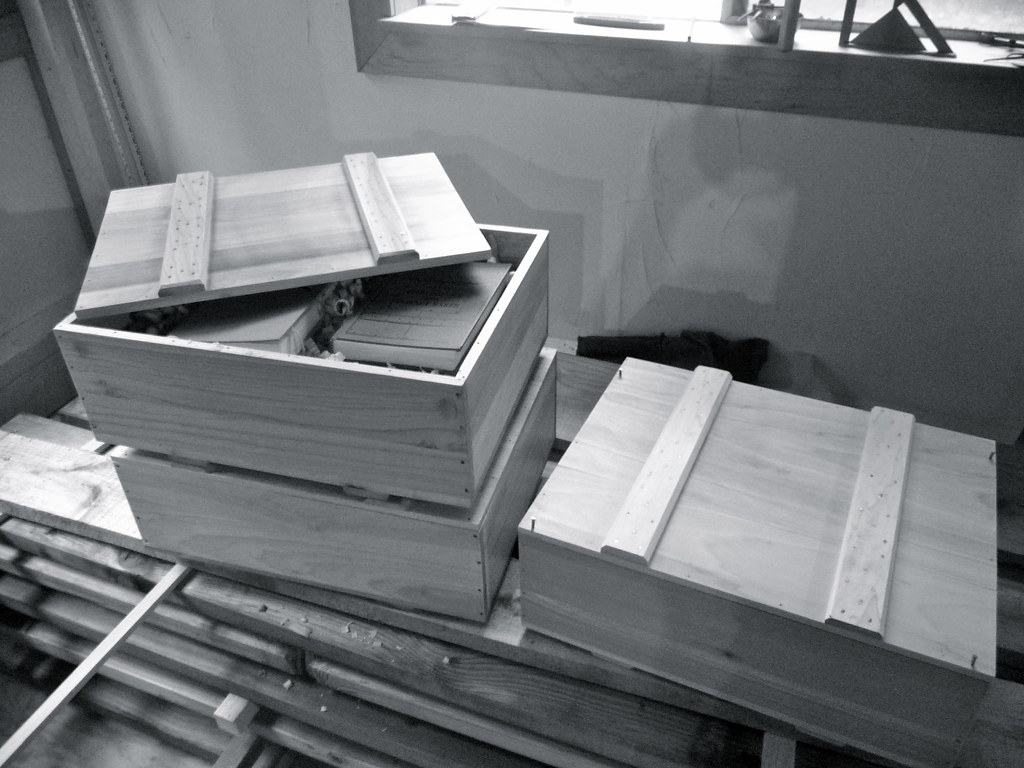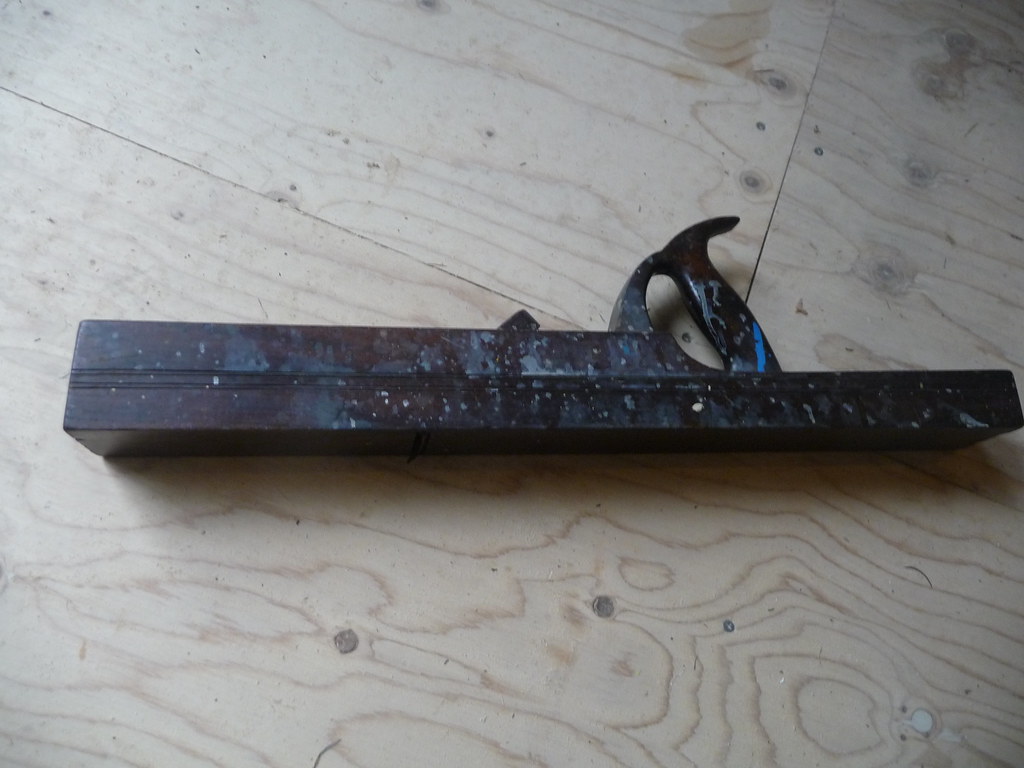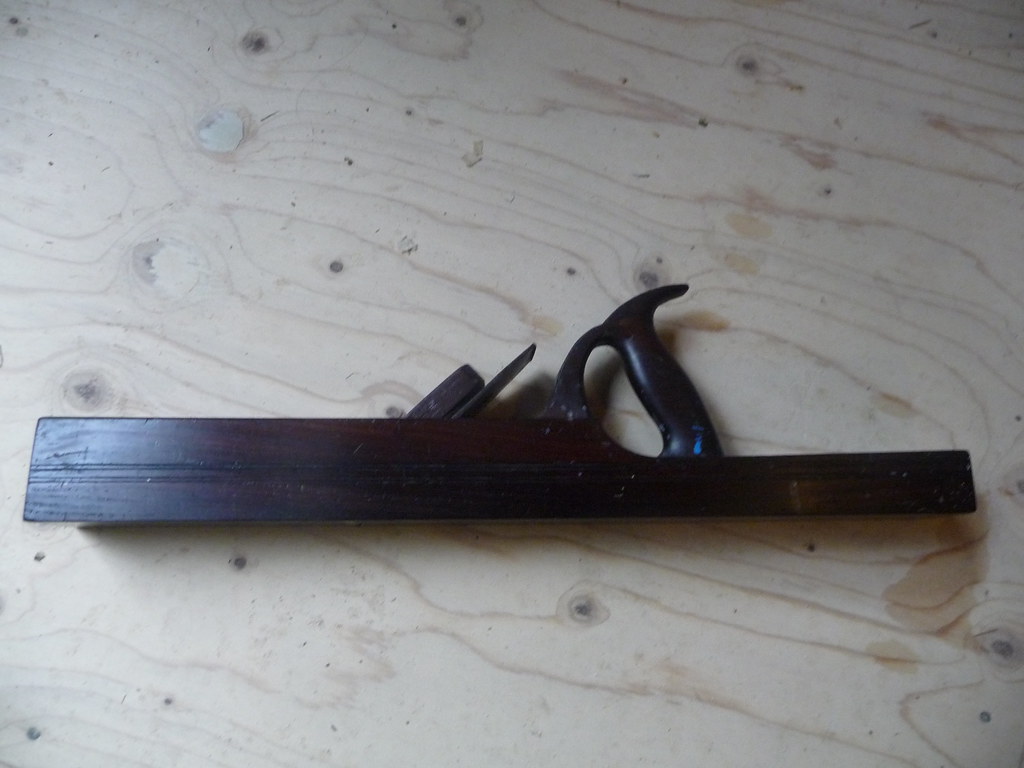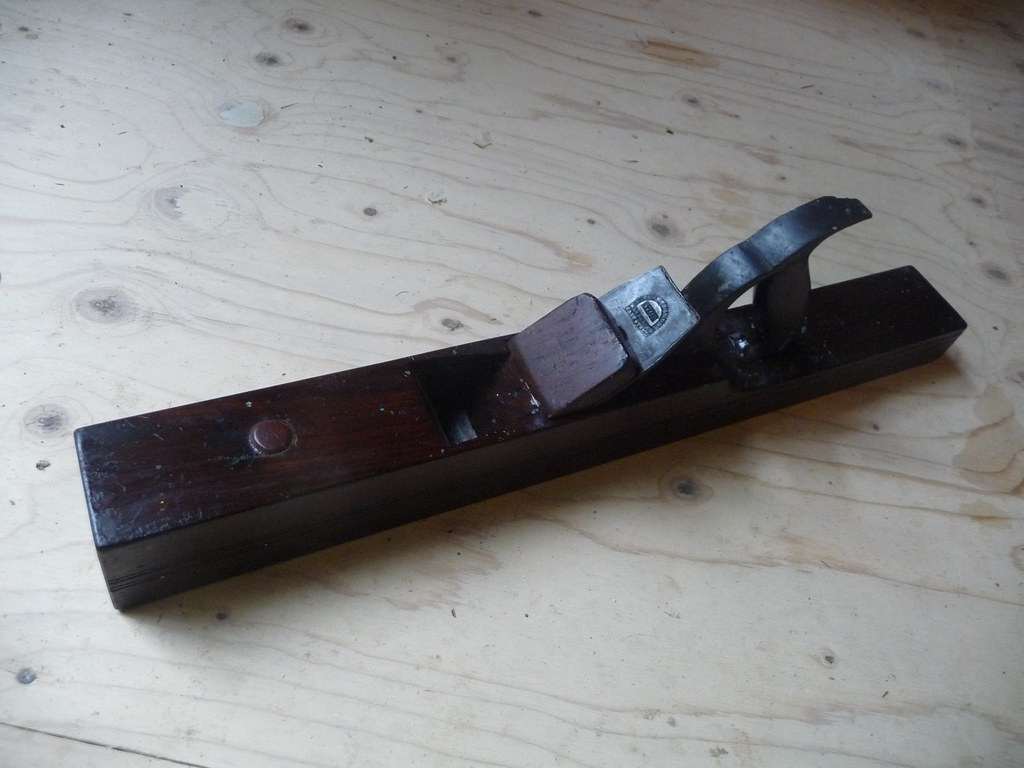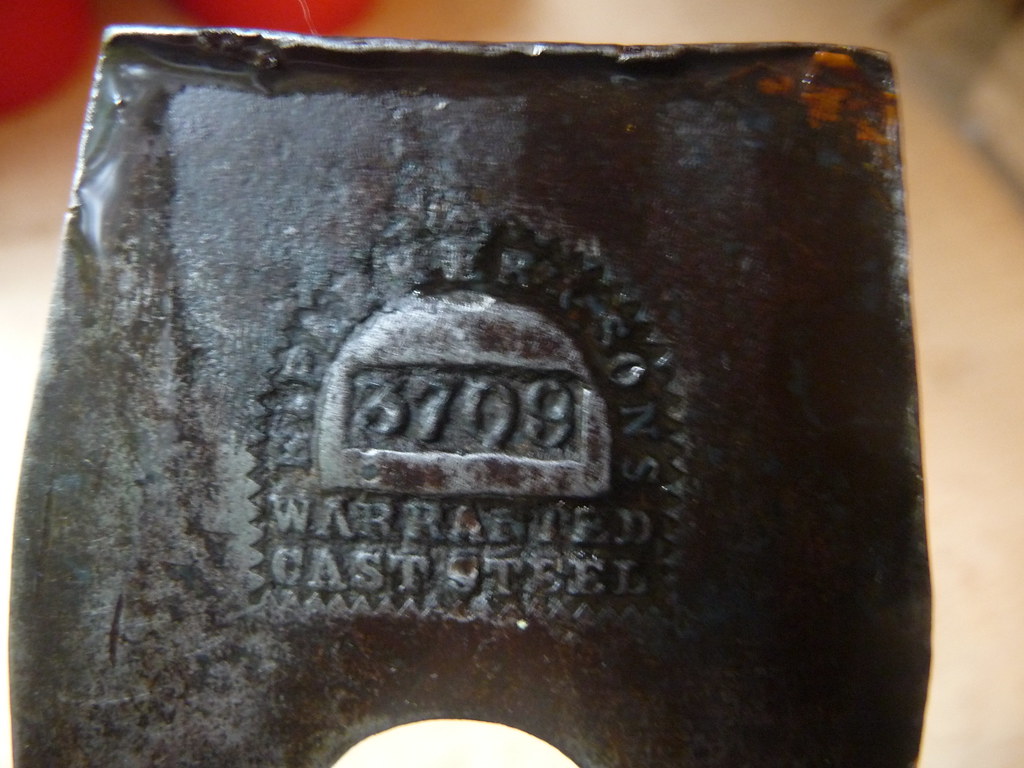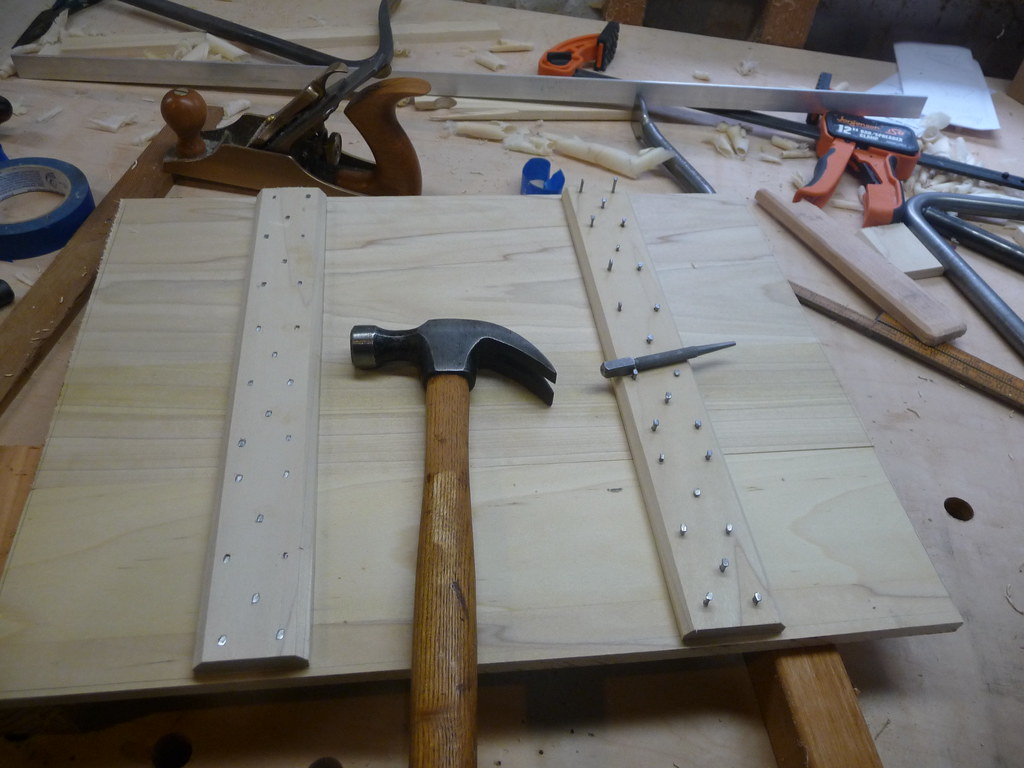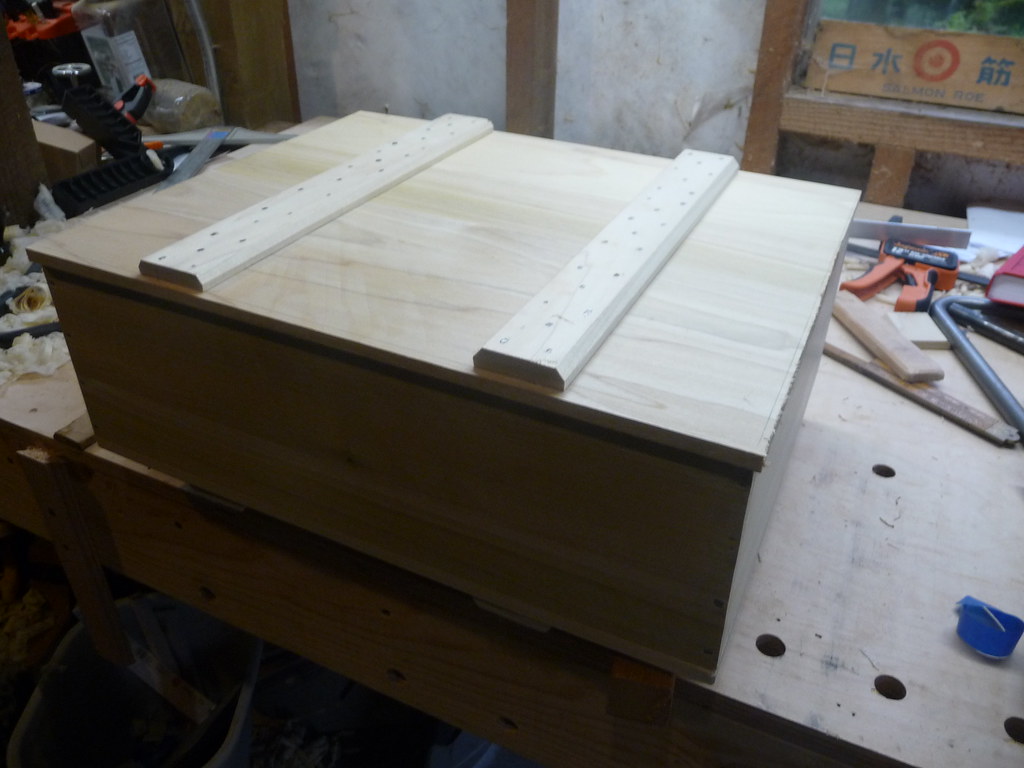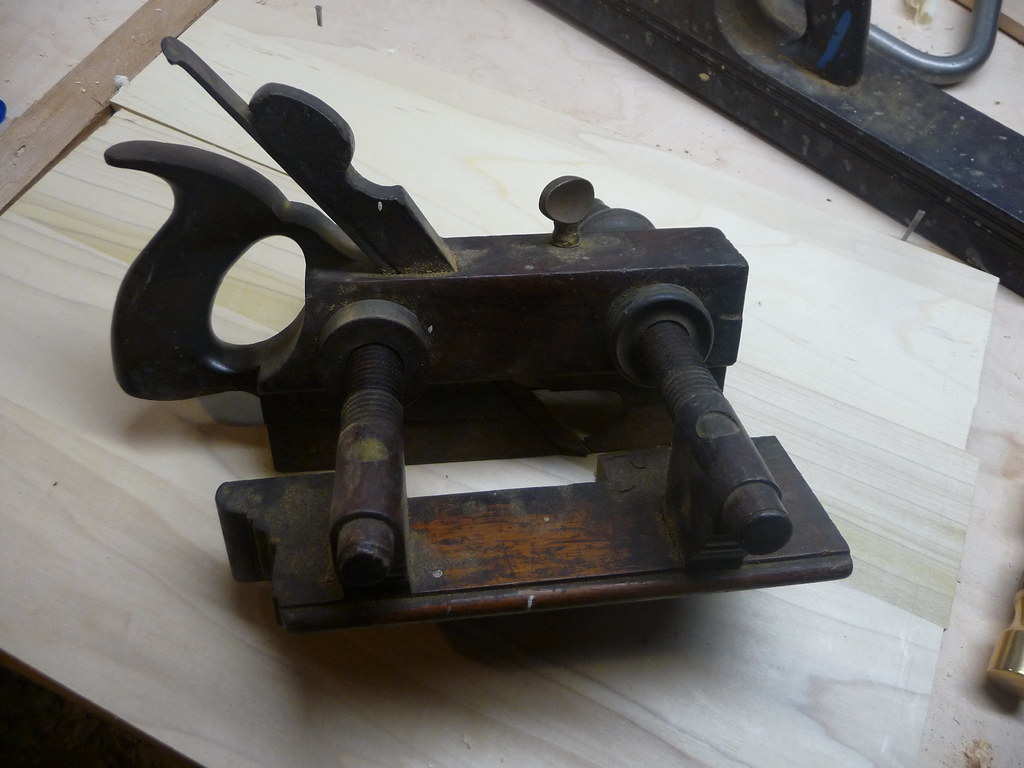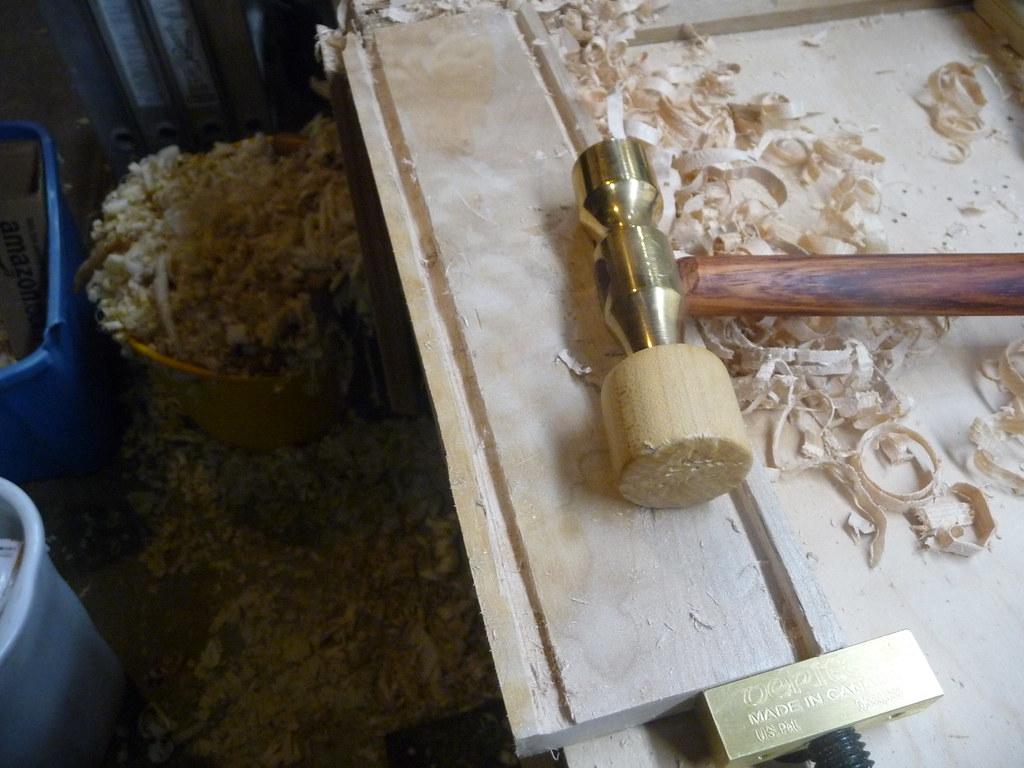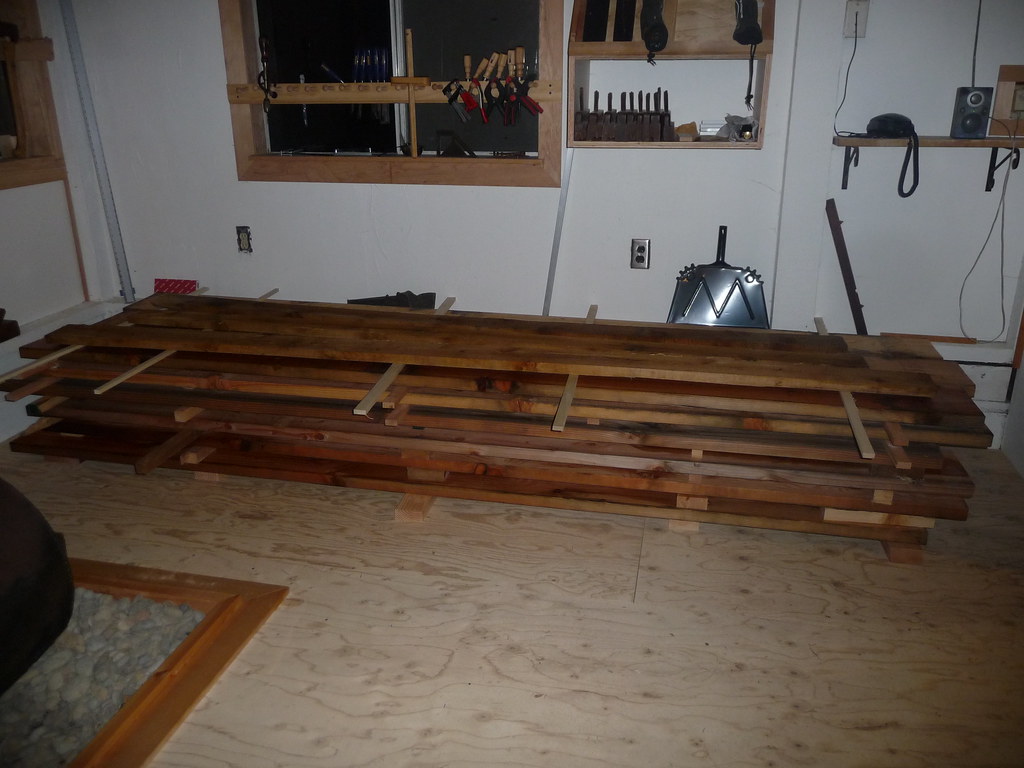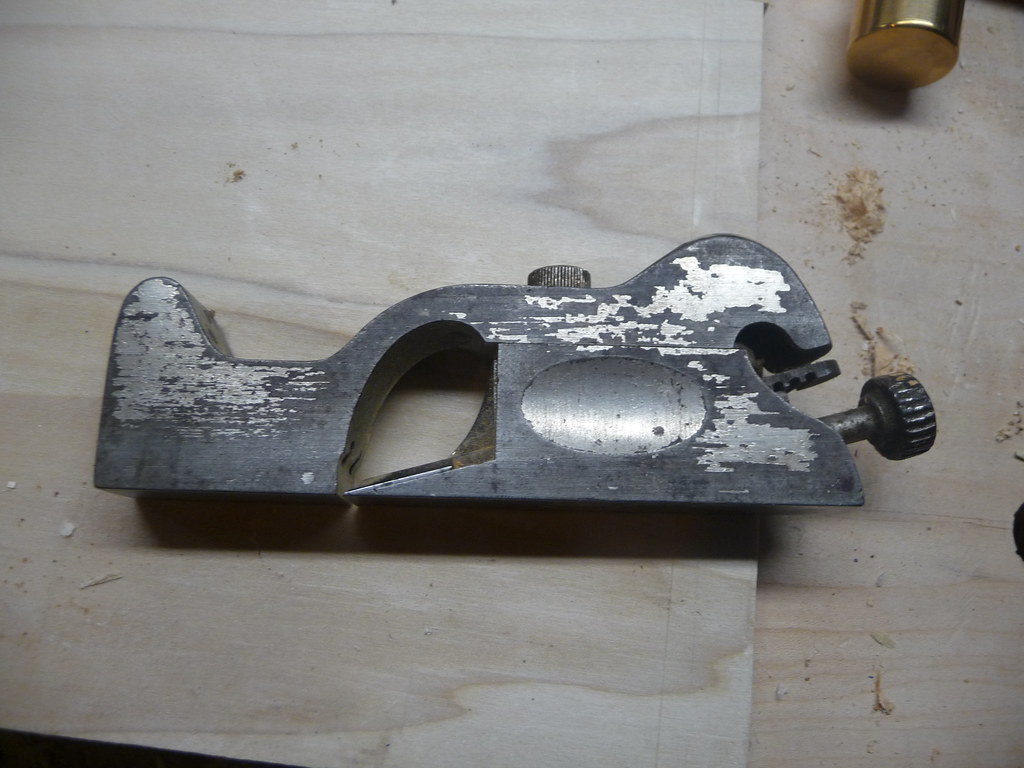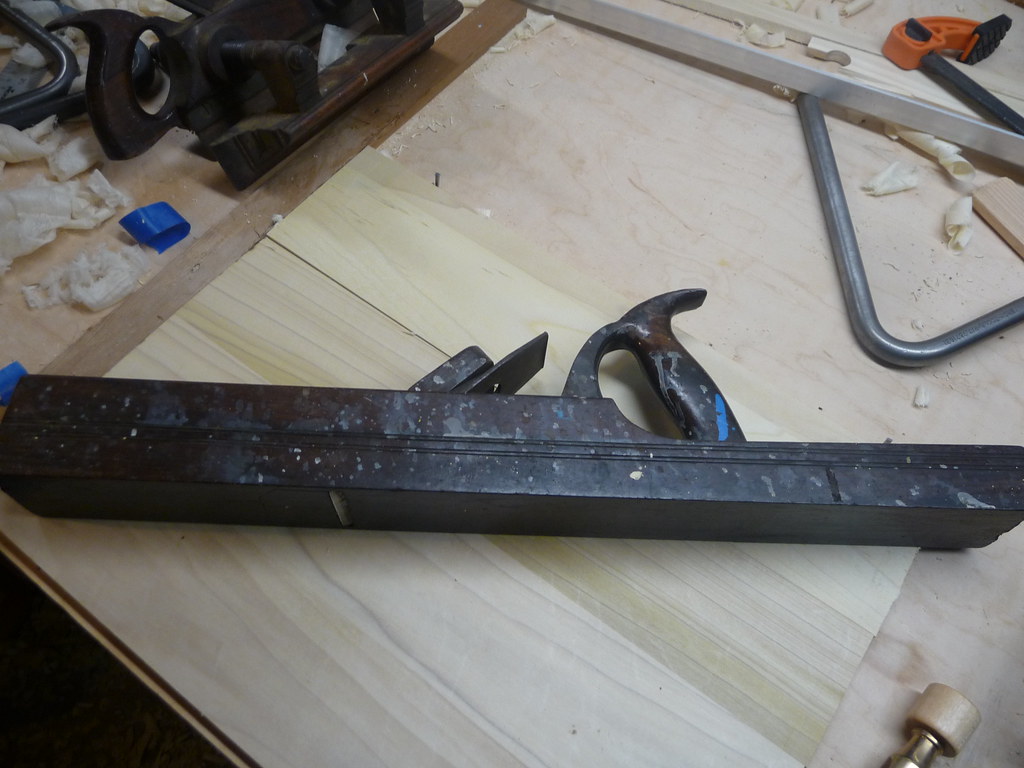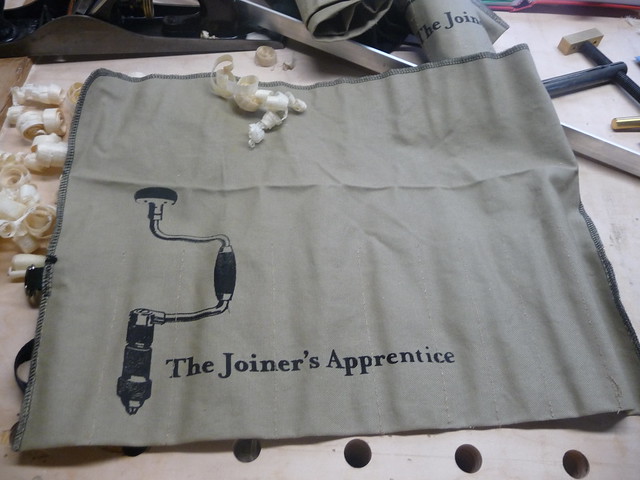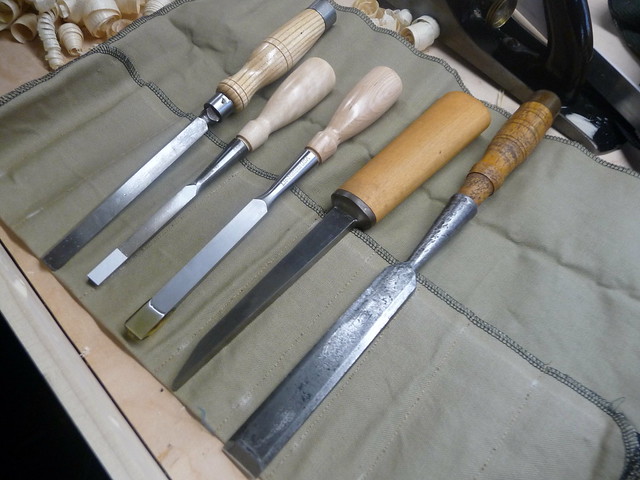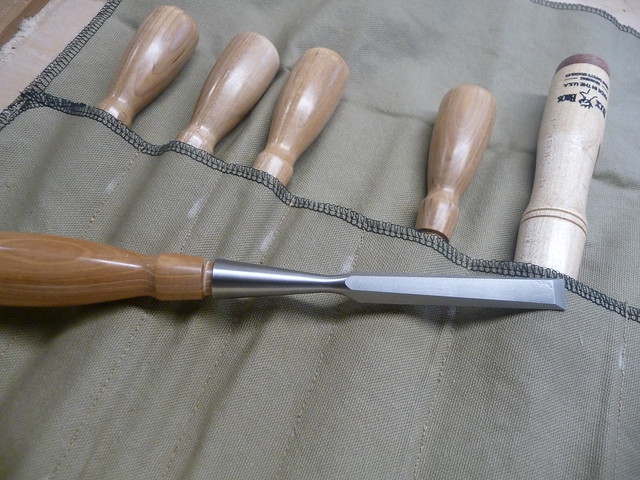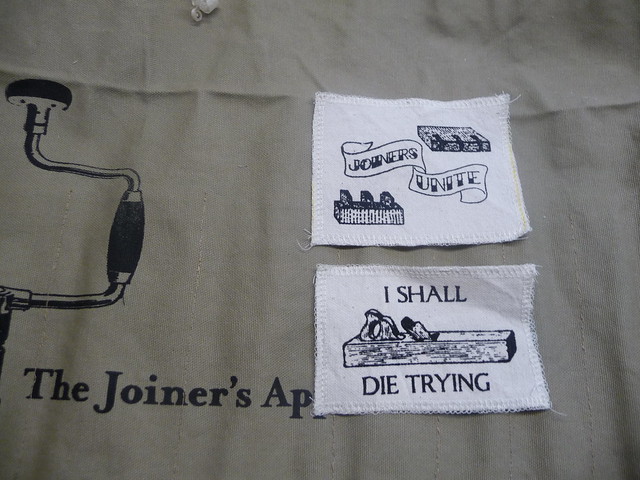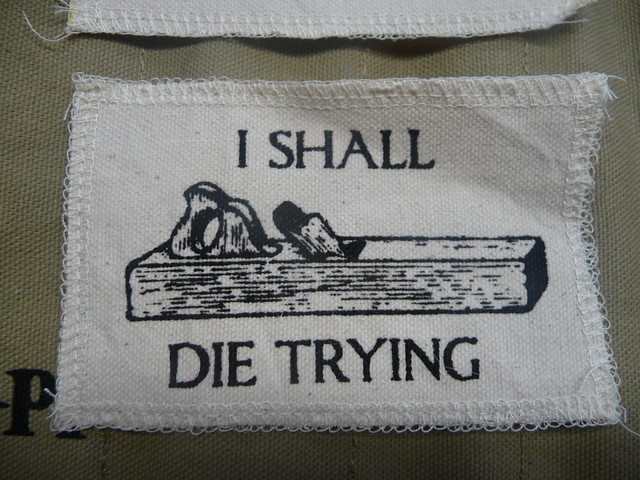My family has, to a large part, abandoned holiday gifts for a number of reasons. We have most of our material needs satisfied, and we've all learned that more stuff does not enrich life. We do make exceptions: the kids still get some toys and clothes, and sometimes we give each other pertinent books or other small items to show thoughtfulness. I am therefore not expecting to receive gifts, and don't generally make out a list. However, I realize many or most others (such as readers of this blog) out there do exchange gifts, and it can save all involved some time and money to point out gifts which are actually wanted. That said, these are the things on my own joiner's wish list, with a brief mention of why. Since hand tool work can be so variable, I can't say everyone needs all or even any of these items. Its impossible to make a list of what "anyone" would need, although the Anarchist's Tool Chest is a great start. With that in mind, these are mostly luxury and "nice to have" tools. And so, I present the 2011 Joiner's Wish List.
If you use water stones, as I do, its important to keep them flat. Otherwise, your edges will not be straight. I bought the Norton flattening stone along with my Norton water stones, but it is frustrating to use and needs to be flattened itself after several uses. This diamond based stone, while not cheap, promises to make good on the failure of the Norton stone. This is an item I consider mandatory.
The last saw on my list, this is for making very precise and smooth crosscuts in boards larger than the sash saw can handle. This is a saw which is not used often, but when it is needed, nothing else will do the job as well. I have loved my Wenzloff and Sons saws, but would also like to try Lie-Nielsen's approach to saws, so my personal choice would be their 12 ppi Crosscut saw.
After my recent workshop on spokeshaves, I need to get one sooner or later. The Lee Valley flat-bottomed spokeshave is very simple to use, adjust, and sharpen. I would save the round bottom one until the need really arises. I would choose the A2 steel although both flavors are fine.
I would love to do more heavy stock removal with a hatchet, especially since I live in a forest and have an abundance of interesting hunks of wood available. Wetterling's Hjärtum Carpenter’s Axe and Gransfors both seem ideal. These tools are unique in that one face is flat for precision while the other is beveled for leverage. A typical hatchet has both faces beveled for as much leverage as possible.
This portion of the plane can be swapped out to provide better results on highly-figured wood, such as some maple I have milled from a tree in my yard. This very beautiful and special wood demands different tools and approaches, and this replacement frog is part of the puzzle:
The image shows the entire plane, but it is only the guts that are in question here:
50 degree High Angle Frog for No. 3 & No. 5-1/4 Bench Plane + Lie-Nielsen No. 3 Bench Plane Replacement Blade (to be ground at unique angles)
This is a very specific gift and the above is my personal situation. If you want to help someone improve their planes, you really need to know which ones they are. As far as I know, only Lie-Nielsen planes offer modified frogs such as this.
Veritas hold-downs and Wonderdogs:
While not utterly traditional, you can't have enough of these super-handy workholding devices. Very cleverly made and very useful.
At some point I am going to have to learn to sharpen my saws. This vise is an essential part of that operation. It is possible to build one from scratch, and I might go that route, but a plywood jalopy is not quite as photogenic as this rig.
Another "nice to have" item, and one which Chris Schwarz recently evicted from his shop to make room. However, I am not as confident in my abilities to mill tongue-and-groove joints for my upcoming workbench shelves and tool chest bottom. I would pick the 3/4" model but the 1/2" is tempting, too.
Certainly not a necessity, since I already have a cheap hardware store hammer which works ok... but these are what I want instead of a sports car or yacht. I would probably only consider the larger of the two, but they are both a little rich for the likes of me. Still, this is a "wish" list, right?
Also very high-priced but an engineering object worthy of much admiration. Believe it or not, it is quite difficult to find a bevel gauge which truly locks its position. The one I have is so frustrating that I refuse to use it. I doubt I will ever be able to bring myself to buy one of these, but it is nice to know they are out there. I am probably resigned to try one of the mass-produced versions such as this:
And on that note, all of these tools are expensive. I probably do not have to explain that they are meant to last more than a lifetime, and are made by small firms with great senses of craft and ethics.
With that out of the way, here are some less shockingly priced "stocking stuffers" that may not break the bank but still provide much joy:
Books: My to-read list is long, but these are near the top:
How to Build Shaker Furniture - The Completely Updated and Improved Classic
by Thomas Moser
by Bob Flexner
by Paul N. Hasluck
by Bob Flexner
DVDS:
Chris Schwarz pack:
Little Tools:
These are a really nice design tool. A beautiful way to incorporate "sacred geometry" into woodworking.
The plain screwdrivers I have do work, but yes I have already deformed some of the slots in my tools by using them.
Again, these are all relatively luxurious tools which are not strictly needed to do great work. Those tools are a bit too personal and subject to different working styles to prepare a list for. At the same time, these luxury items which a person is not as likely to purchase for themselves can make the best gifts, reminding the user of the giver with every use.
Whether you engage in gift giving or not, and whether you celebrate winter holidays or not, I wish you a fine new year of mirthful woodworking!
I encourage readers to add gems they have discovered recently in the comments. If any are seductive enough maybe I will add them to my own list.
I encourage readers to add gems they have discovered recently in the comments. If any are seductive enough maybe I will add them to my own list.


